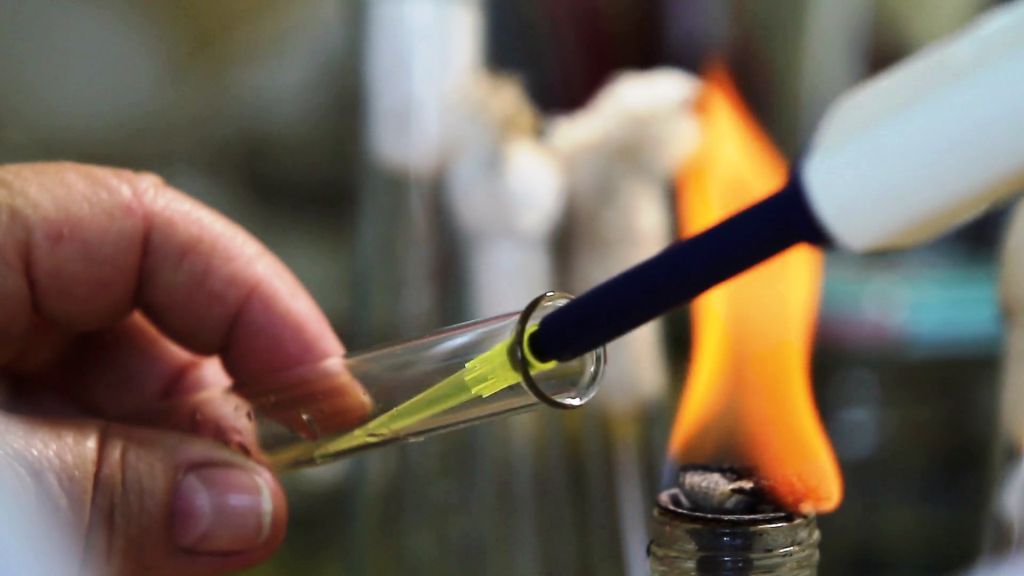Physical Address
304 North Cardinal St.
Dorchester Center, MA 02124
Physical Address
304 North Cardinal St.
Dorchester Center, MA 02124

There is nothing more nerve-wracking and exciting than sitting through a movie about racing against time to stop a biological disaster. Biological materials and hazardous chemical movies, like The Chill Factor from 1999, the Mission Impossible 2 movie, and, more recently, the Avengers: Infinity War are amazing.
These types of movies are a sitting-on-the-edge-of-your-seat horror where the heroes are risking their lives to stop a possible biochemical weapon or biochemical material from being used by the bad guys to kill half the population of the planet. In real life, the safe transport of biological material from various locations like a move lab or a medical lab is a real health and safety matter.
Great scientific minds have contributed to the many innovative technological advances that we enjoy today. We owe a lot to the brilliant minds researching today in a variety of labs around the world, including past scientists like Albert Einstein and British physicist Stephen Hawking. Scientists, doctors, universities, labs, and many other entities often transport sensitive biological materials back and forth.
The safe transport of biological material is essential. Compliance with the following multiple regulatory agencies may be required at times. Moving biological materials by organizations and individuals requires them to comply with the rules and regulations of the following government and non-governmental entities:
*Department of Transportation
*Federal Aviation Administration
*Environmental Protection Agency
*International Air Transport Association
*US Public Health Service
*Occupational Health and Safety Administration
*Department of Homeland Security
*United States Postal Service
Biological materials are divided into two categories:
*Category A: materials that could cause infectious, life-threatening issues.
*Category B: non-life-threatening material but, nonetheless, is still infectious.
The key factors in transporting biological materials safely involve using the right certified packaging, providing the succinct biological information, and using the proper potential hazard labeling on the outside of the packaging. Transporting and moving sensitive biomaterials require information, such as its exact contents, the type of shipping information needed to keep the biomaterial secured, like dry ice needs, or temperature changes that must be monitored.
The government compliance shipping agencies identify the necessary requirements that must be met when moving or transporting biological materials. First, certain federal or state permits may be required for some biological materials. The permits are included as part of the shipping package, and their use takes a few weeks to arrive due to the processing time required.
All biological materials must be labeled Dangerous Goods Regulations, even though the packaging may not contain infectious substances or materials. The labeling requirement to be used in moving biological materials is the icon that everyone recognizes – the biohazard symbol.
The packing materials must be specially designed to be watertight to impede leaks. Packaging must also be strong enough to handle shocks, pressure changes, humidity levels, vibrations, and manual/mechanical handling. The packaging also requires triple packing protection with a proper label on each protective packaging. When biological materials are identified, transport centers place them through customized sorters, conveyor belts, and other specialized equipment.
Common types of biological materials that are often shipped via highways, airplanes, or the United Postal Service (“UPS”), include the following:
*sensitive biomaterials like recombinant or synthetic acids, organisms, etc.
*blood samples, cultures or other biological fluids
*laboratory chemicals or micro-organisms
*tissue or cell samples
*virus particles
The UPS, however, does not accept shipments of medical, clinical or regulated waste materials. Trained lab personnel should handle biomaterials for moving and transporting. Their training is based on knowing what to do if there are any emergencies like accidental spills.
A specimen is sent to the health department, which also works with the Centers for Disease Control. If the local health department cannot determine whether your biological material can be shipped, the health department will then forward it to your state’s health department for instructions. All of these moving biological material concerns should be handled through an experienced provider of biological transportation. Putting your biological materials into the hands of a highly specialized company takes the stress and pressure off of the initiating entity.